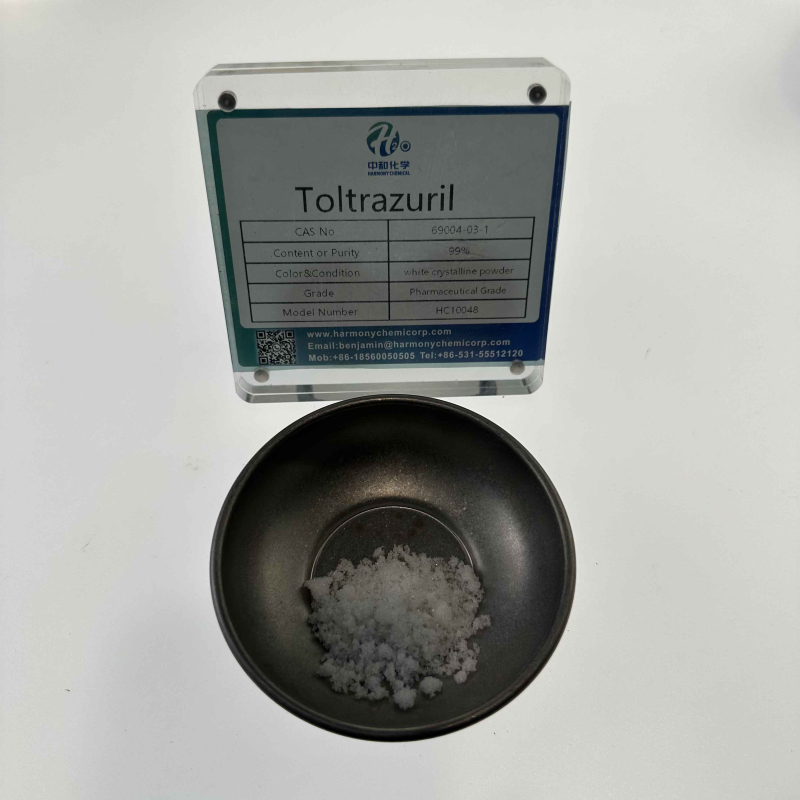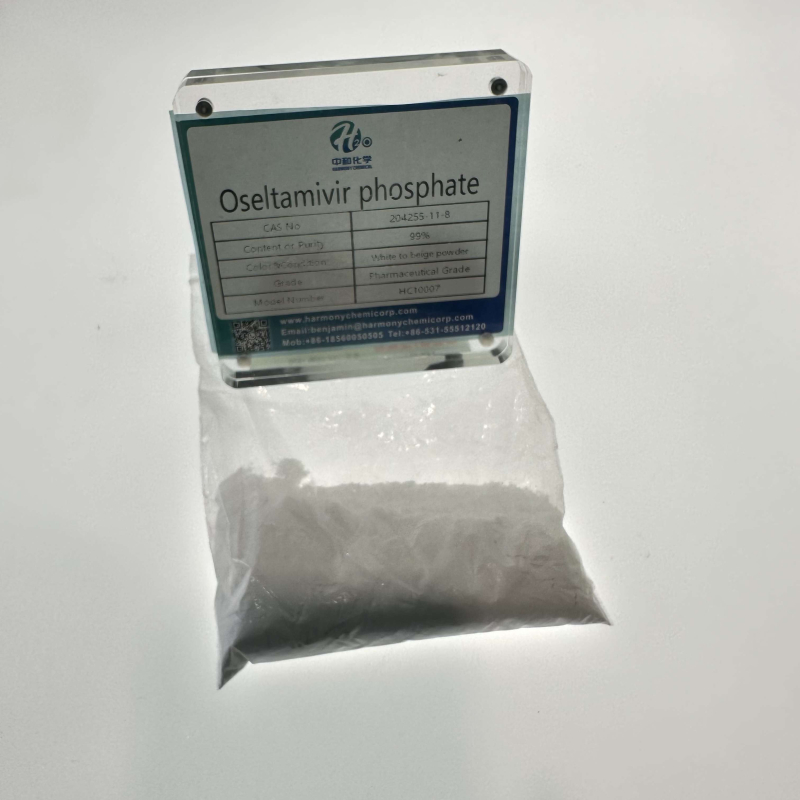Chemical factor structure mannequin of petroleum resin:The most commonly used petroleum resin manufacturing applications are C9 petroleum resin and C5 petroleum resin.C9 petroleum resinC9 petroleum resin mainly refers to a resinous substance formed via polymerization of olefins or cyclic olefins containing nine carbon atoms or copolymerization with aldehydes, fragrant hydrocarbons, terpene compounds, etc.C9 petroleum resin, also acknowledged as aromatic petroleum resin, can be divided into sorts such as hot polymer
Contact Now
Main purposeEthylene glycol dimethyl acrylate is frequently used in the plastic and rubber industries as a crosslinking agent for ethylene acrylic copolymers, ABS, acrylic sheets, pipes, glass fiber bolstered polyester, PVC, ion trade resins, smokeless powder encapsulation polymerization, glazing, etc. is additionally used as a polymer in copolymerization, which will increase hardness, warmness resistance, climate resistance, solvent resistance, and friction resistance.
Contact Now
Melting point27 ° CBoiling point157 ° CDensity1.17g/mLat25 ° CRefractive index n20/D1.405SolubilityMethanol (Slightly, HeaChemicalbooked), Water (Slightly)FormSolidColorWhitetoOff WhiteWater solubility>=10g/100mLat20 º CThis compound is a white crystalline powder with a petroleum like odor, flammable, and prone to moisture. It can be produced by means of sulfonation of xylene and neutralization with liquid alkali. Widely used as an auxiliary agent in the manufacturing of each day washing products.
Contact Now
Application1. Used as formaldehyde trapping agent to remove formaldehyde remaining in fabrics after finishing by 2D-resin, KB-resin, urea-formaldehyde resin, melamine-formaldehyde resin, etc. It is also used as an intermediate of fine chemicals, used in the manufacture of resins, plasticizers, spray paint, adhesives, etc.2. used as formaldehyde capture agent, intermediate of fine chemicals, also used in the manufacture of resins and formulation of plasticizers, spray paint, adhesives and other uses for the synthesis of chiral microporous materials prepared from non-chiral precursors;3.
Contact Now
Appearance and properties: white powderDensity: 1.498 g/cm3Melting point: 136-140 ° C (lit.)Boiling point: 526.7 º C at 760 mmHgFlash point: 272.3 º CIt is used to manufacture heat-resistant enameled wires and paints with splendid mechanical properties, a variety of carbamate plastics, water-soluble baking paints, unsaturated polyester resins, pesticides, plasticizers, dyes, remedy and different natural artificial intermediates.
Contact Now
Polyvinylpyrrolidone, additionally acknowledged as PVP, is a polymer of ethylene pyrrolidone. Due to its unique ranges of polymerization, it can be divided into soluble PVP and insoluble PVPP (polyvinylpyrrolidone). The relative molecular weight of soluble PVP is 8000~10000, which can be used as a precipitant to precipitate by way of reacting with polyphenols. By the usage of this method, there are effortlessly residual PVP in the wine.
Contact Now
Prilocaine is an amide type close by anesthetic. Its anesthetic depth and pace are similar to Lidocaine, alternatively its size is prolonged and its vasodilation have an impact on is weak. The toxicity is limit than lidocaine. Clinically used for close by anesthesia, specially fantastic for victims who hold away from the utilization of adrenaline.namePrilocaineCAS NO721-50-6Molecular formulaC13H20N2Omelting point37-38°boiling pointbp0.1 159-162°density1.0117 (rough estimate)refractivitynD20 1.5298Storage conditions2-8°CformCrystalline powderSOLUBLE6.169g/L(25 ºC)
Contact Now
nameToltrazurilCAS NO69004-03-1Molecular formulaC18H14F3N3O4Smolecular weight425.38melting point194-196°Cdensity1.54±0.1 g/cm3(Predicted)Storage conditionsSealed in dry,Room TemperatureAcidity coefficient (pKa)Sealed in dry,Room Temperatureformneat
Contact Now
Epidural AdministrationofRopivacainehydrochloride monohydrate effectivelyblockneuroethicpain(bothmechanicalallodyniaandheathyperalgesia)withoutinductionfanalgesictoleranceandsignificantlydelaystheevelopment ofneuropathicpain producedbyperipheral nervenjury.Ropivacainehydrochloride inhibitionpressure-inducedincreasesinfiltrationcoefficient(Kf)withoutaffectingpulmonaryarterypressure (Ppa), Pulmonary capillary pressures(Ppc),andzonalcharacteristics(ZC).Ropivacaine hydrochloride monohydrate preventspressure-induced lungedemansociatedhyperpermeability yasevidencebymaintainingPaO2,lungwet-to-dryrati
Contact Now
nameEsmolol hydrochlorideCAS NO81161-17-3Molecular formulaC16H26ClNO4molecular weight331.83melting point48-50°Cdensity1.026Storage conditions−20°CsolubilityH2O: soluble12mg/mLformbuffered aqueous solutioncolourWhite to Off-White
Contact Now
Manganese carbonate, additionally acknowledged as manganese carbonate, has the chemical components MnCo3. Molecular weight 114.95. White hexagonal crystal or rose purple crystal. Specific gravity 3.125. Difficult to dissolve in water, soluble in dilute acids. Decompose in boiling water. At a hundred ℃, it decomposes into carbon dioxide and manganese oxide, and above 330 ℃, it decomposes to launch carbon dioxide and carbon monoxide. Roasting in air produces manganese trioxide. Roasting in oxygen generates manganese trioxide.
Contact Now
Mainly used in PVC molding methods such as rolling, injection, blow molding, and extrusionAs a catalyst, the paint and coating comprise DBT compounds; Soft polyvinyl chloride (PVC) profiles, whether or not they are gentle or extruded collectively with challenging PVC; Outdoor fabric are included with PVC containing DBT compounds as stabilizers on their surfaces;Pipes, drainage ditches, and home equipment used for out of doors rainwater, as nicely as protecting substances
Contact Now
1. Insulating carbon black is no longer non-conductive, however its leakage cutting-edge is very small or inside the limit, which potential it can't be pure gold. Our insulation carbon black has an insulation resistance of over 1014 Ω, and beneath sure conditions, the DC micro modern-day can be decreased to beneath 10-16A.2.
Contact Now
nameTrilostaneCAS NO13647-35-3Molecular formulaC20H27NO3molecular weight329.43melting point264 °Cboiling point467.02°C (rough estimate)density1.1213 (rough estimate)Storage conditions2-8°Cformpowdercolourwhite to tan
Contact Now
Melting point1975 ° CBoiling point1949.9 ° C (estimated)Density5.6Refractive index2.008~2.029Flash point27 ℃Storage conditionsStoreat+5 ° Cto+30 ° CSolubility0.0016g/linsolubleFormnanopowderColorWhiteChemicalbooktopaleyellowSpecific gravity5.61Zinc oxide, additionally recognized as zinc white, is a pure white powder composed of amorphous or needle fashioned small particles.
Contact Now
CAS NO204255-11-8Molecular formulaC16H31N2O8Pmelting point196-198°CsolubilityH2O: soluble30mg/mLformpowdercolourwhite to beigeSOLUBLESoluble in water (75 mM)optical activity[α]/D -26 to -36°, c = 1 in H2OPharmacological motion Oseltamivir phosphate is the drug precursor of its Active metabolite, and its Active metabolite (Oseltamivir Carboxylate) is a selective influenza virus Neuraminidase inhibitor. Neuraminidase is a glycoprotein on the floor of viruses.
Contact Now
purposeHexafluorozirconate is often used to make optical glass and fluorozirconate.Used for metallic floor therapy and cleaning, as nicely as for the manufacturing of wool, leather-based garb industry, atomic electricity industry, superior electrical materials, and refractory materials.Used for metallic surfaces and coatings.
Contact Now
nameAcetophenoneCAS NO98-86-2Molecular formulaC8H8Omolecular weight120.15melting point19-20 °Cboiling point202 °Cflash point180 °FStorage conditionsStore below +30°C.formLiquidcolourClear colorless to light yellow
Contact Now
Density1.13 [at 20 ℃]Vapor pressure0.317Paat25 ℃FormViscousLiquidColorGreenWater solubilityIn soluble in waterExposure limitNIOSH: IDLH10mg/m3; TWA0.015mg/m3Nickel naphthenate is an natural compound with the chemical formulation of C22H14NiO4. It is normally used as paint drier, timber preservative, water resistant agent for fabrics, insecticide and bactericide.
Contact Now
Melting point144-146 °CBoiling point353 °CDensity1,45 g/cm3Refractivity1.5555 (estimate)Flash point352-354°CStorage conditionsSealed in dry,Room TemperatureSolubilitySoluble in hot acetone.Formpowder to crystalColourWhite to Light yellowCAS90-98-2
Contact Now
nameTopiroxostatCAS NO577778-58-6Molecular formulaC13H8N6molecular weight248.24boiling point594.7±60.0 °C(Predicted)density1.45±0.1 g/cm3(Predicted)Storage conditionsStore at -20°CsolubilityDMSO : 23.5 mg/mL (94.67 mM; Need ultrasonic and warming)Acidity coefficient (pKa)7.47±0.10(Predicted)formPowder
Contact Now
nameUlipristal AcetateCAS NO126784-99-4Molecular formulaC30H37NO4molecular weight475.62melting point183-185 ºCboiling point640.1±55.0 °C(Predicted)density1.19Storage conditions-20°Cformpowdercolourwhite to beige
Contact Now
nameMebendazoleCAS NO31431-39-7Molecular formulaC16H13N3O3molecular weight295.29melting point288.5°Cboiling point436.98°Cdensity1.1952Storage conditionsSealed in dry,2-8°CformneatcolourWhite to Pale Beige
Contact Now
nameFlorfenicolCAS NO73231-34-2Molecular formulaC12H14Cl2FNO4Smolecular weight358.21melting point153 °CSpecific Rotation26 +17.9° (DMF)boiling point618℃Storage conditionsInert atmosphere,2-8°CformsolidcolourWhite to Off-White
Contact Now





























